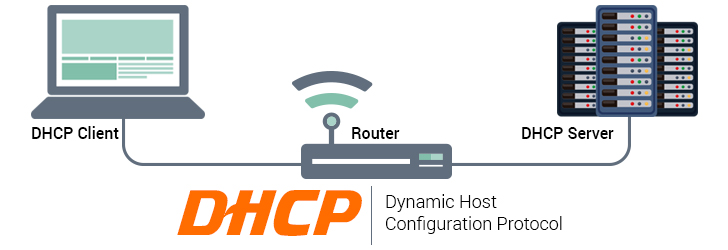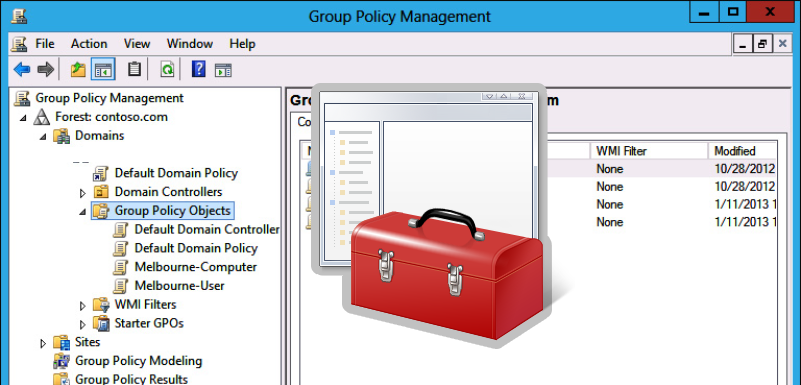How to Rename an Active Directory User with Active Directory Console?
You can rename user accounts in Active Directory in several ways. You can use AD graphical snap-ins, command-line tools, or PowerShell cmdlets. How to Rename an Active Directory User with Active Directory Console? The easiest and most intuitive way to rename an AD user is to use the Active Directory...




